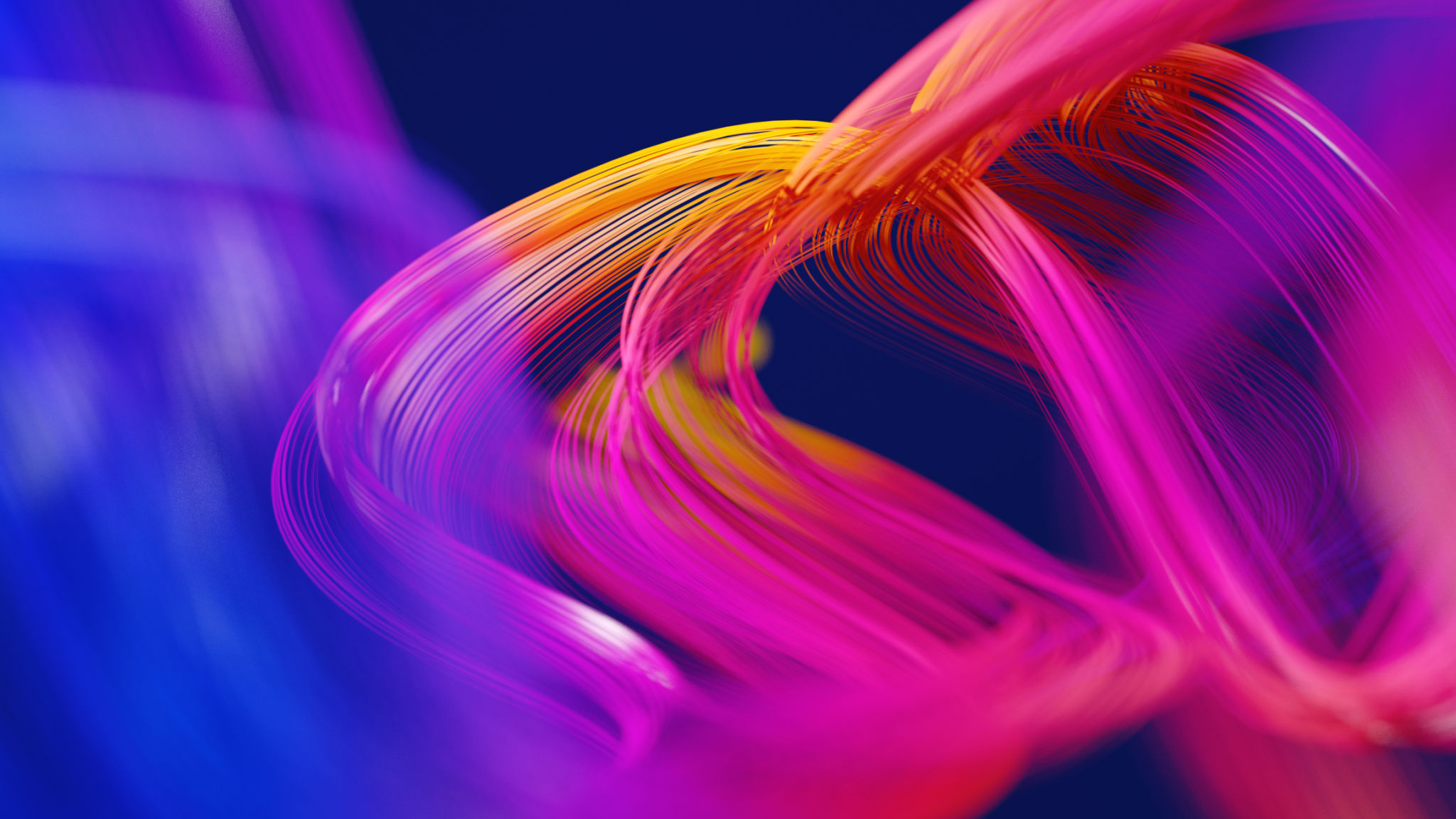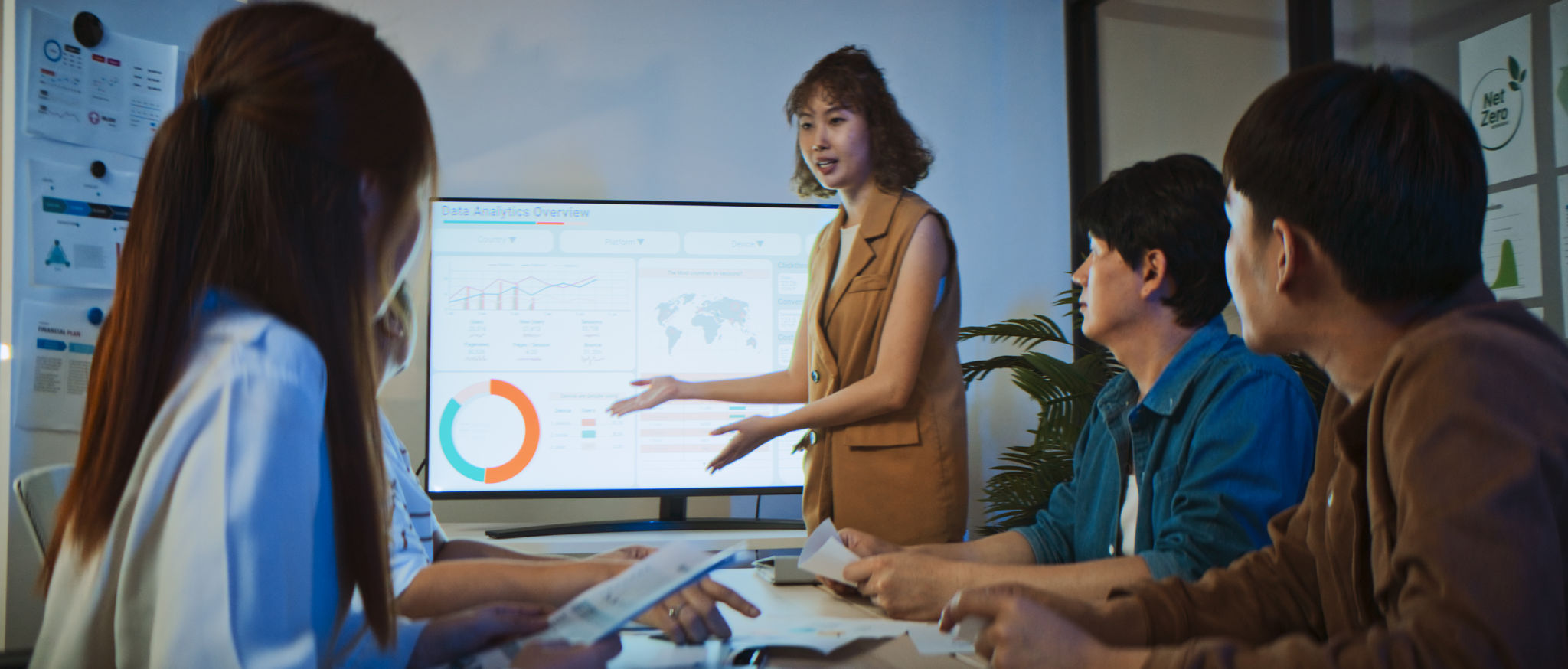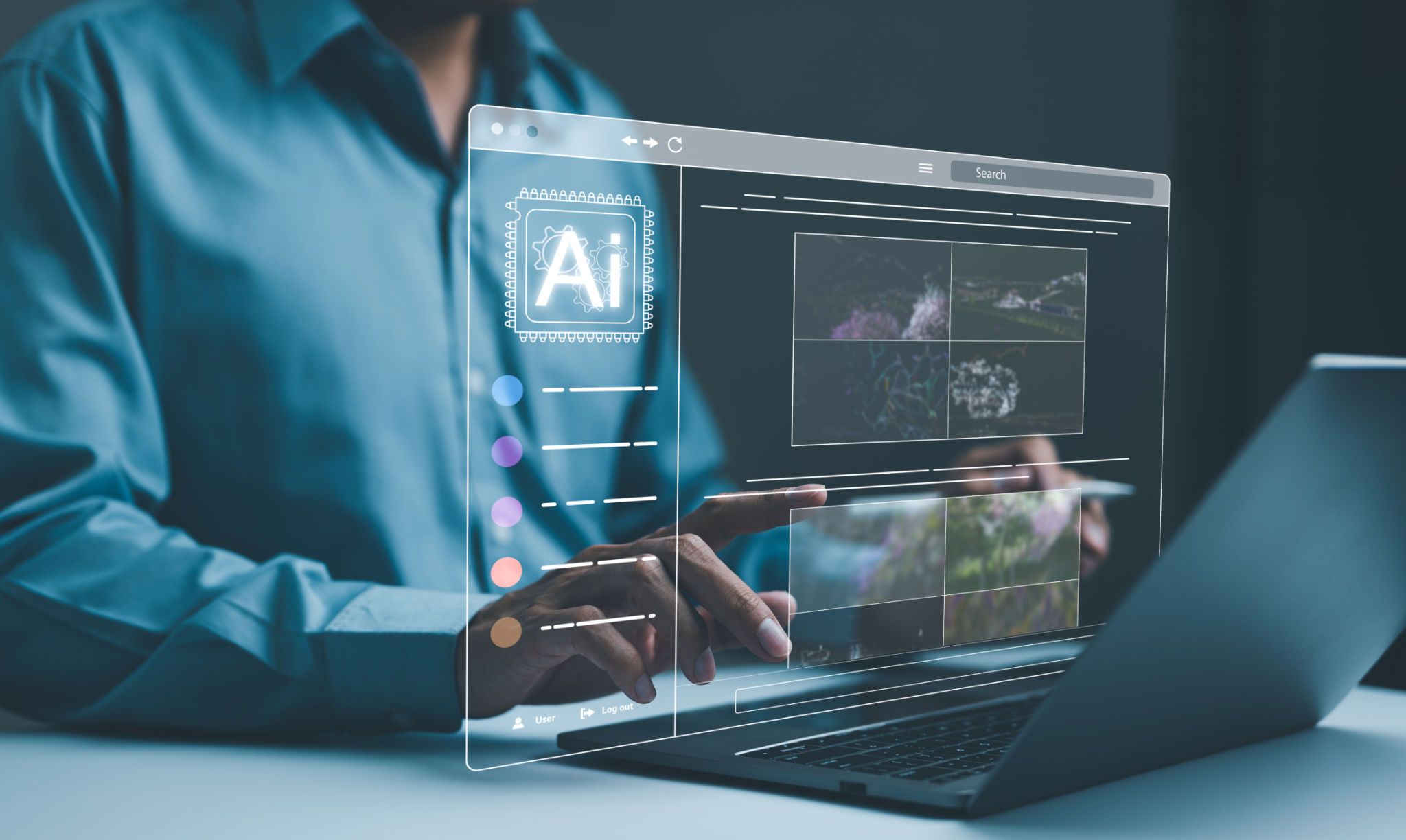Exploring the Latest Graphic Design Trends: What You Need to Know
Understanding the Shift in Design Aesthetics
Graphic design is an ever-evolving field, where staying updated with the latest trends can significantly impact your work's effectiveness and appeal. The design aesthetics that were popular just a few years ago might now seem outdated. As we delve into the current trends, it's essential to understand the broader shifts influencing these changes. Increased digital interaction, the rise of social media platforms, and a growing emphasis on sustainability are some factors driving these trends.
One notable shift is towards minimalism, which emphasizes simplicity and clarity. This trend is not just about reducing clutter but also about enhancing user experience by making navigation seamless and intuitive. With the prevalence of mobile devices, designers are focusing on creating clean and straightforward designs that adapt well across different screen sizes.

Color Trends: Bold and Vibrant
The use of color in graphic design has seen a dramatic transformation. Gone are the days of subdued and muted tones. Today, bold and vibrant colors are making waves, helping brands stand out in a crowded marketplace. These colors are being used to evoke emotions and make powerful statements. Designers are experimenting with color gradients and duotones to create striking visuals that capture attention.
Alongside this trend is the use of color psychology to influence consumer perceptions. Brands are increasingly choosing colors that align with their values and resonate with their target audience. Understanding how different colors can evoke different emotions is crucial for any designer looking to create impactful designs.

Typography: Mixing Bold with Classic
Typography continues to play a critical role in graphic design, with designers exploring innovative ways to use fonts to convey messages. Current trends include mixing bold typefaces with classic ones to create dynamic contrasts that draw the viewer's eye. Variable fonts are also gaining popularity, offering flexibility in design by allowing adjustments in weight, width, and other attributes.
Moreover, designers are experimenting with custom typography to create unique brand identities. This personalized approach helps brands stand out and communicate their message more effectively. Whether it's a bold headline or subtle body text, the right typography can significantly enhance a design's impact.

Incorporating Motion Graphics
As technology advances, the use of motion graphics in design is becoming increasingly prevalent. Motion graphics add an element of interactivity to designs, making them more engaging and memorable. From animated logos to dynamic website elements, incorporating motion can enhance user experience and capture attention.
These animations are not only limited to digital platforms but have also found their way into traditional media like print and outdoor advertising through augmented reality applications. The key is to use motion graphics thoughtfully, ensuring they enhance rather than distract from the core message of the design.

Sustainability in Design
With growing awareness of environmental issues, sustainability has become a significant consideration in graphic design. This trend manifests in various ways, from choosing eco-friendly materials for print designs to adopting digital solutions that reduce waste. Designers are also emphasizing the importance of creating timeless designs that remain relevant over long periods, reducing the need for frequent updates.
Furthermore, sustainable design practices involve optimizing resources, such as using minimal ink for printing or designing for multiple uses. By integrating sustainability into their processes, designers can contribute to a healthier planet while meeting consumer demand for environmentally conscious brands.

The Role of Artificial Intelligence
Artificial Intelligence (AI) is increasingly influencing graphic design, offering tools that streamline workflows and enhance creativity. AI-powered software can assist with tasks like generating design variations, suggesting color palettes, or even creating entire layouts based on user input. This technology allows designers to focus on more complex creative tasks while maintaining efficiency.
However, integrating AI into design processes requires a balanced approach. While it offers numerous benefits, it's crucial to retain the human touch that defines truly exceptional designs. By leveraging AI thoughtfully, designers can push creative boundaries while maintaining authenticity and originality.

